Creativity is out-of-the-box thinking. The ideas that gave rise to the light bulb, the telephone and the computer originated from fantastical thoughts that blossomed into wondrous inventions having enormous impact on life and society.
To promote students’ innovative projects and enhance commercialization, the Committee on Advancement of Student Innovation and Entrepreneurship (CASIE) renders support to students to participate in competitions, talks and exhibitions. Below are two outstanding student projects.
Sign Language Recognition and Translation System for Deaf Mutes
With a mission to improve daily life with technology, Chan Chun-kit, Liu Ruifeng and Shu Jianfei from the Department of Computer Science and Engineering developed the first-ever Chinese sign language recognition and translation system for deaf mutes. Sign language is an important means of communication for deaf mutes, but most people don’t understand it and the current interpretation service and training available in Hong Kong are not that inclusive. The new design helps to overcome the communication barrier between deaf mutes and people who can hear and speak.
Bridging the Gap
Chun-kit said the first thing they had to do was to teach the system to recognize the different hand gestures of sign language. The three-dimensional positions of both hands, elbows and shoulders of each ‘phrase’ in sign language are recorded by the system with Microsoft Kinect, a motion sensing input device. By using a support vector machine, a common supervised learning model for classification, the deviation tolerance of each motion is obtained. Chun-kit explained, when the same set of gestures are made by different people, the angles, speed or position might be different, but the system can still recognize them.
The database of Chinese sign language is then built. When users perform a gesture available in the database before the Kinect sensor, the system would translate it into words and sounds, with an accuracy rate of over 90%.
A User-friendly System
There are about 1,000 phrases or words of sign language in common usage and the newly-developed database has collected 48 of them. Chun-kit mentioned that the system is highly extensible, meaning the program running time won’t be increased a lot even when the database is expanded. The only equipment needed is a sensor and a computer.
With this design, the team won the championship in the 2012 Intel Cup Undergraduate Electronic Design Contest—Embedded System Design Invitational Contest held in Shanghai. They defeated 159 teams from 71 universities in 11 countries and cities, including Peking, Tsinghua, Fudan and National University of Singapore. The victory is a recognition of their innovative thinking and ability to put concept into practice.
Unmanned Aircraft
Yip Chun-wa and Yung Hin-yeung from the Department of Mechanical and Automation Engineering jointly developed an unmanned aerial vehicle with Chun-wa designing the vehicle mainframe while Hin-yeung was responsible for the user control interface. Their novel idea outshone some 40 candidates and became one of the best projects in the Summer Research Project Internship Scheme of the Faculty of Engineering.
Aerial Surveillance
To build the aircraft, Chun-wa spent much time on material selection. He said, ‘A light but strong material is needed to increase its loading capacity and flight time. Moreover, it should be vibration-proof so that clear images can be captured by the camera.’ After conducting research and doing experiments, he found that carbon fibre combined with honeycomb paper, both commonly found in aerospace travel, airplanes and race cars, is an excellent material for his aircraft.
Carbon fibre can provide a lot of strength but it bends easily. Chun-wa covered the honeycomb paper with carbon fibre to make a sandwich structure that can help to withstand bending. It was then moulded to form a 100g aircraft skeleton which rose to about 1kg after installing motors, propellers and battery. Its flight time can last for about half an hour.
A Program from Scratch
Hin-yeung developed the user control interface which runs on Android though he had known nothing about the program language required at first. After reading a lot of reference books and consulting others, he wrote the entire program himself and was happy that signals can be transmitted to the aircraft.
He explained that the aircraft can be controlled simply by moving a control device, which could be a tablet PC or a smartphone, because the control interface can read the orientations of the device. With automatic pilot, the program can suggest flying routes after the destination is specified on Google Map.
The students hope their design can be used for monitoring and relief work. For example, aircrafts can use auto-pilot to monitor rural environments regularly, and report to the relevant authorities when there is a fire. The system can also help to locate and rescue hikers who have lost their way or gone missing. 


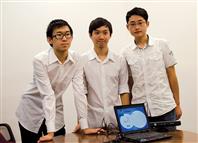
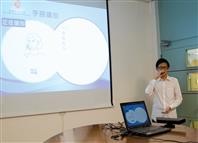
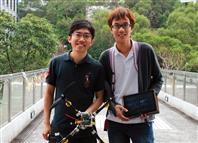
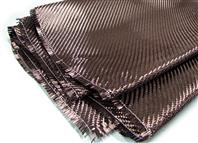
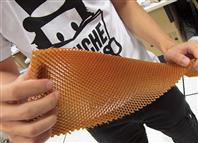


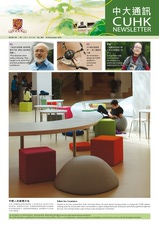




























































































































































Social Bookmarks